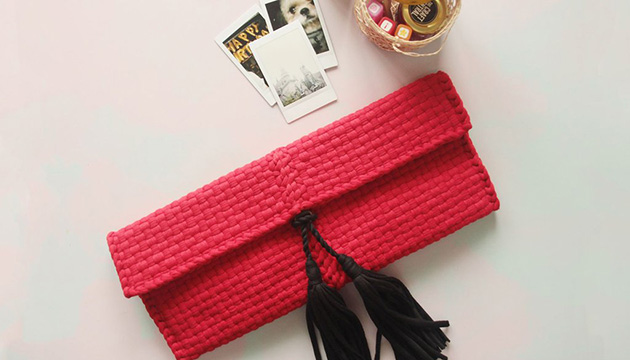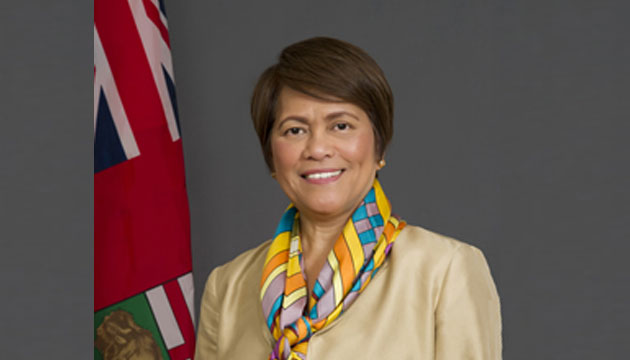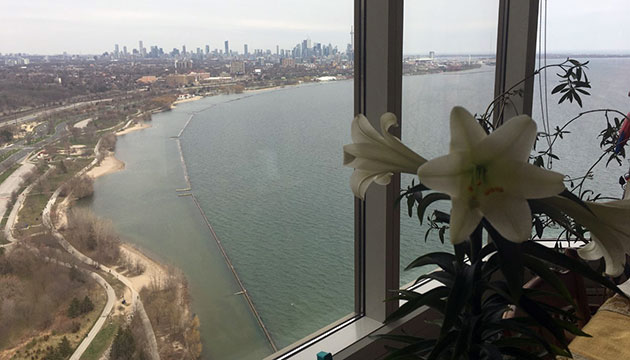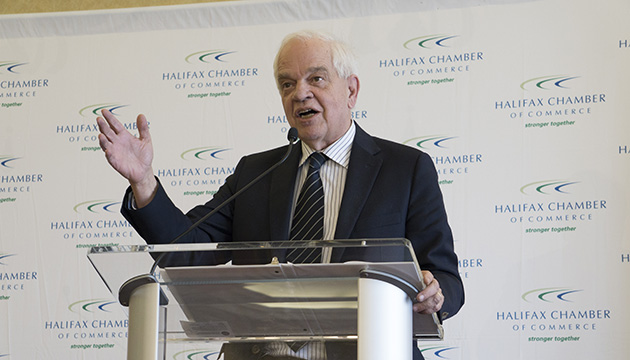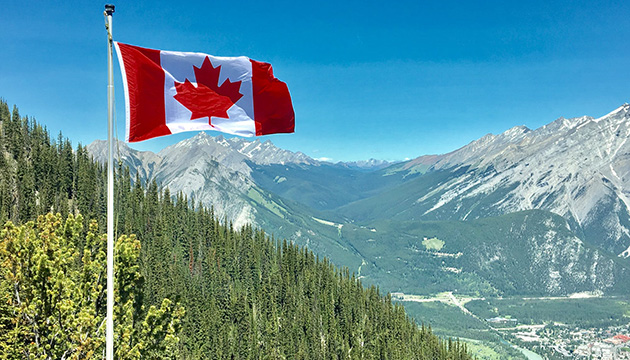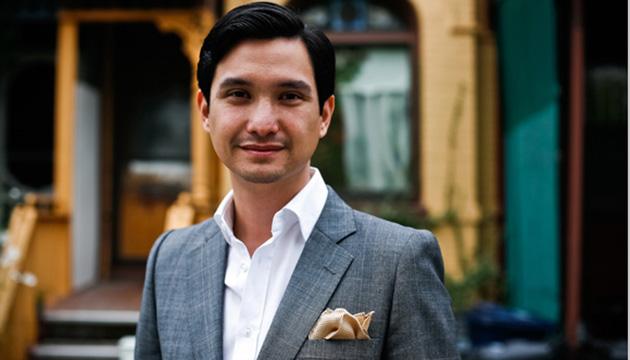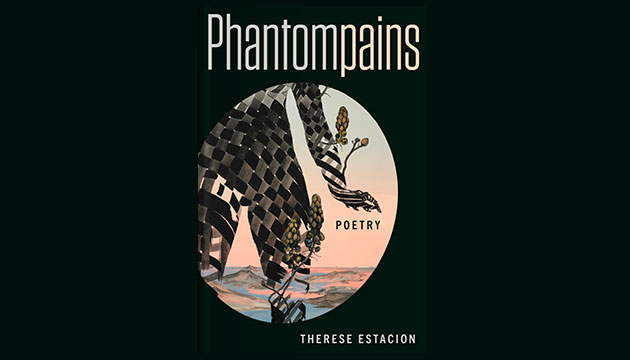February 16, 2024 — In 2008, Lani Maestro took a walk at Vancouver’s Downtown Eastside, a neighbourhood that has struggled with complex social challenges, from drug use to prostitution, crime, and homelessness.
The Canadian Filipino artist was stunned by the suffering she saw, and the experience reminded her of a 1972 novel by the late Trinidad-born writer and immigrant to Canada, Harold Sonny Ladoo.
The novel is titled No Pain Like This Body.
Maestro knew she had to respond to what she came across at the Downtown Eastside.
Two years later in 2010, her twin neon sign with the words “NO PAIN LIKE THIS BODY” and “NO BODY LIKE THIS PAIN” became the centrepiece of her exhibition.
Called rain, the show was held at Centre A, a gallery located in the same Vancouver neighbourhood.
After Vancouver, Maestro’s No Pain Like This Body was seen by other audiences.
The work was featured at the Plug In Institute of Contemporary Art in Winnipeg (2010–11); the Philippine Pavilion for the 57th Venice Biennale (2017); and the Museum of Contemporary Art and Design in Manila, 2019.
Twelve years after it was first unveiled, No Pain Like This Body returned to Vancouver in 2022, this time in a larger format and as public art.
The work was displayed at 1100 West Georgia Street, an offsite location of the Vancouver Art Gallery between Thurlow and Bute streets.
A media release at the time by the gallery quoted Maestro saying that the words ‘no pain like this body’ came to her head when she walked down the Downtown Eastside’s Hastings Street in 2008.
“It has not gone away. It repeats itself. How can one ignore the particularity of that place? As much as I just want to think about making work without thinking of the people who inhabited that neighbourhood, these words seem to sum up the energy that I absorbed there,” Maestro said in the release.
Canadian Filipino journalist Lui Queano visited the Vancouver Art Gallery’s offsite location to view No Pain Like This Body.
Writing for the Toronto-based The Philippine Reporter on March 10, 2023, Queano reflected on his experience with Maestro’s work.
“There was something so unusual about reading those words on the building’s facade that it made viewers pause mid-breath and look again. Maybe it was more about identifying with the concept of agony. While standing in front of the art installation, I had the sudden thought of asking myself if I was hurting,” Queano recalled.
The journalist also wrote: “Pain dawned on me thinking about the friends and comrades who gave their lives fighting for the rights of the oppressed masses, and I couldn’t stop feeling the pain inside. As the intensity of my emotions grew, I found myself confronted by Maestro’s installation artwork and wondering if I deserved to be in pain.”
Canadian Filipino Net contributor Maria Veronica Caparas also reported about No Pain Like This Body on this platform’s March 16, 2023 edition.
In December last year, Maestro’s neon installation was cited by Urban Arts Projects as one of the best public art works across the world in 2023.
Urban Arts Project is a global company that started in Australia, and it collaborates with artists, architects, designers and developers to bring art to the public realm.
The arts-oriented publication Artsy reported that the curators’ group for the 2023 selection included Tairone Bastien, an assistant professor at the Ontario College of Art and Design University.
Bastien described the two lines of Maestro’s work as a poignant reflection of human suffering.
“The twin phrases gave me pause, piercing the night like a violence that felt out of place with the artwork’s surroundings,” Bastien wrote.




